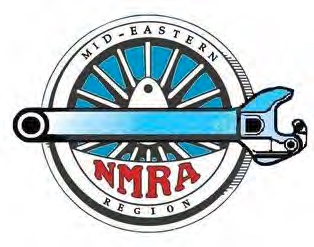 An NMRA First! Introducing NMRA-X!
An NMRA First! Introducing NMRA-X!
Some of you may have noticed a strange occurrence on Facebook between April 24th and April 25th and still might be wondering what happened to the NMRA. Well, the NMRA-X is what happened, and it is here to stay! The NMRA-X is the new virtual experience formed to bring some of the benefits of the organization live, right to your computer screens! Our very first NMRA-X Virtual Convention was held from 7pm EDT on April 24th to 7pm EDT on April 25th and consisted of 25 straight hours of clinics and tours from around the globe, featuring a new presentation every hour. Broadcasted through both the NMRA Facebook page and group, NMRA-X was a huge success with both members and non-members alike and it definitely broke the mold in the model railroading community. If you missed out on any of the action, all the videos are saved in the NMRA Facebook group:
and on the NMRA Facebook page:
Eventually, the videos will be edited and added to the NMRA YouTube Channel:
http://www.youtube.com/c/NMRAORGModelRailroading
Marketing and the Social Media Team have been pushing for this and plan on making NMRA-X the virtual model railroading destination by continuing to bring you more valuable content over the coming months.
The next event is “Ask the Master Model Railroader” scheduled for Saturday, May 2nd at 5pm EDT. Additionally, four, 12-hour NMRA-X Virtual Conventions are set for May 16th, May 30th, June 13th and June 27th. These can all be accessed from the NMRA Facebook group and the NMRA Facebook page. It is our hope to add additional streams soon. We hope to see you all there!
A special “thank you” goes to Gordy Robinson, Martyn Jenkins, Gert “Speed” Muller, Brad Anderson, and Jordan Kramer for pulling together and running the entire event, the presenters for sharing their knowledge and time, and the group from the A Modeler’s Life Podcast for wrapping up the event!
Christina Zambri, NMRA Marketing Consultant




 As everyone is aware, the coronavirus has had a devastating impact around the world. It has caused the death of tens of thousands of people and that is not something to be trivialized.
As everyone is aware, the coronavirus has had a devastating impact around the world. It has caused the death of tens of thousands of people and that is not something to be trivialized.